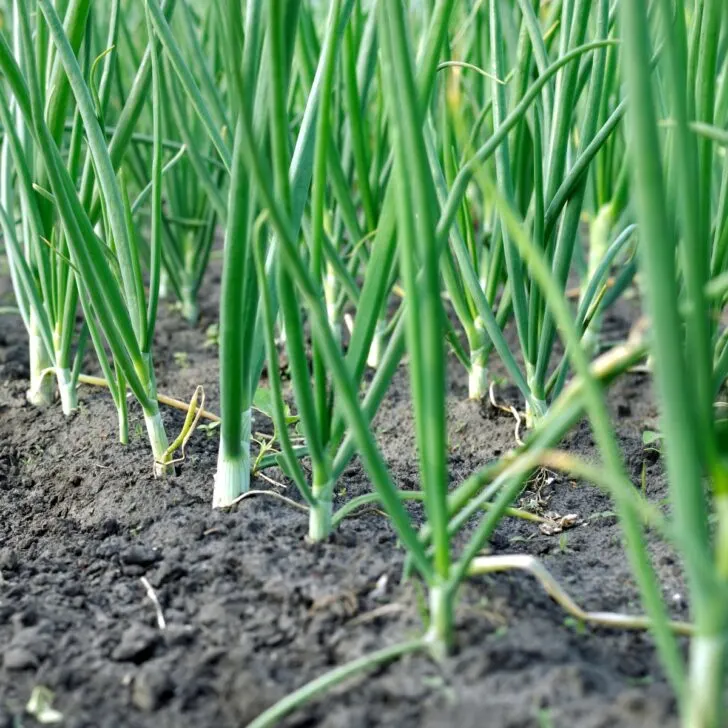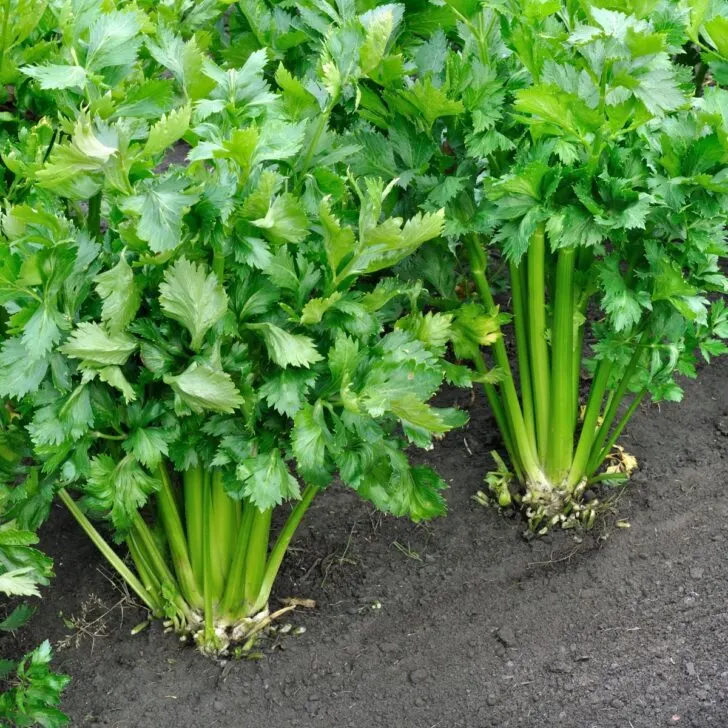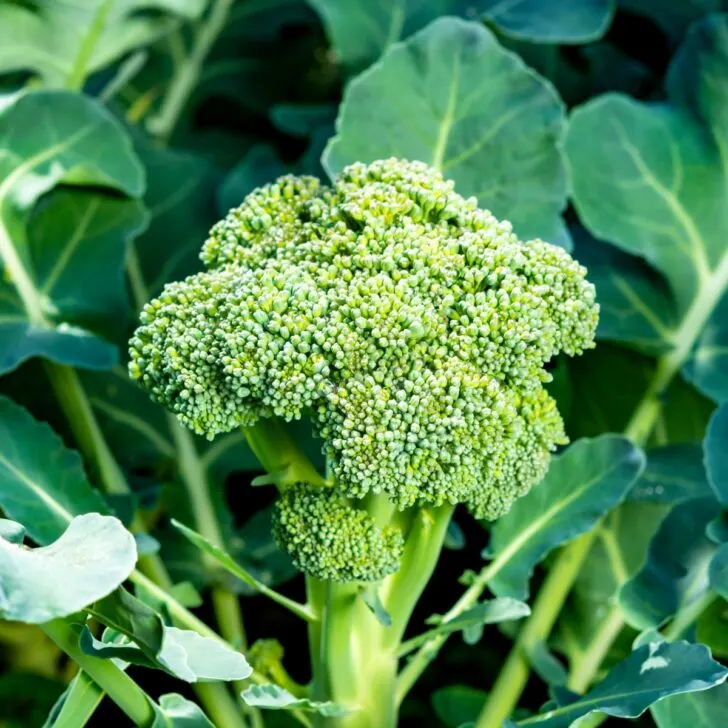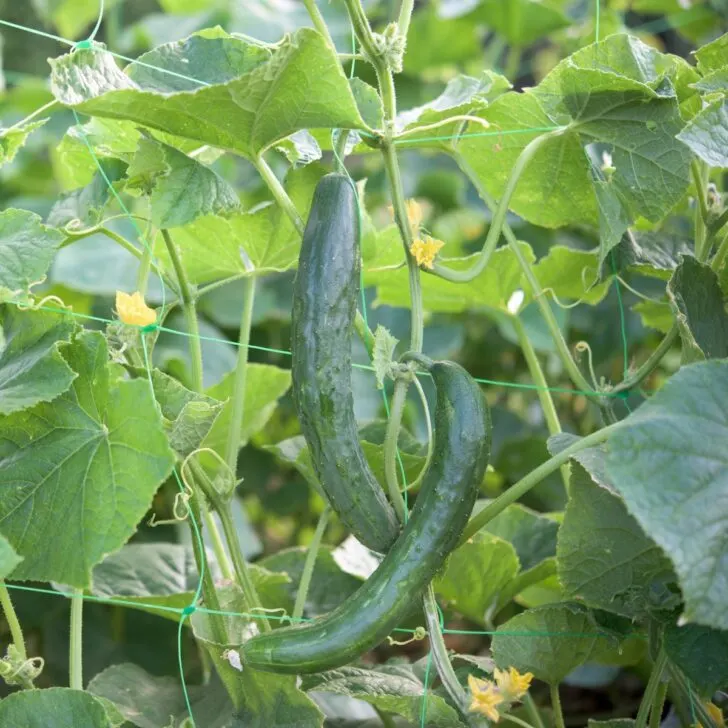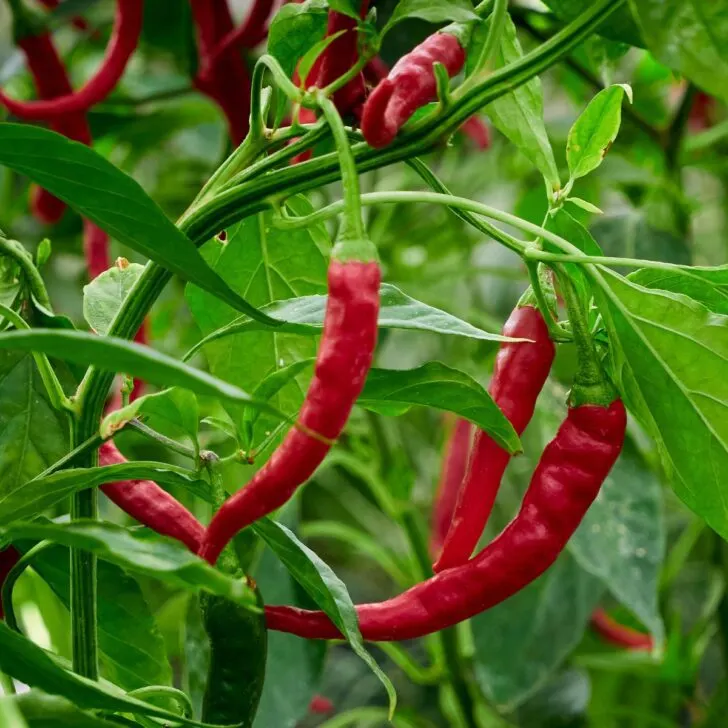Discover how to grow Brussels sprouts from seed with this step-by-step guide for a bountiful harvest in your garden!
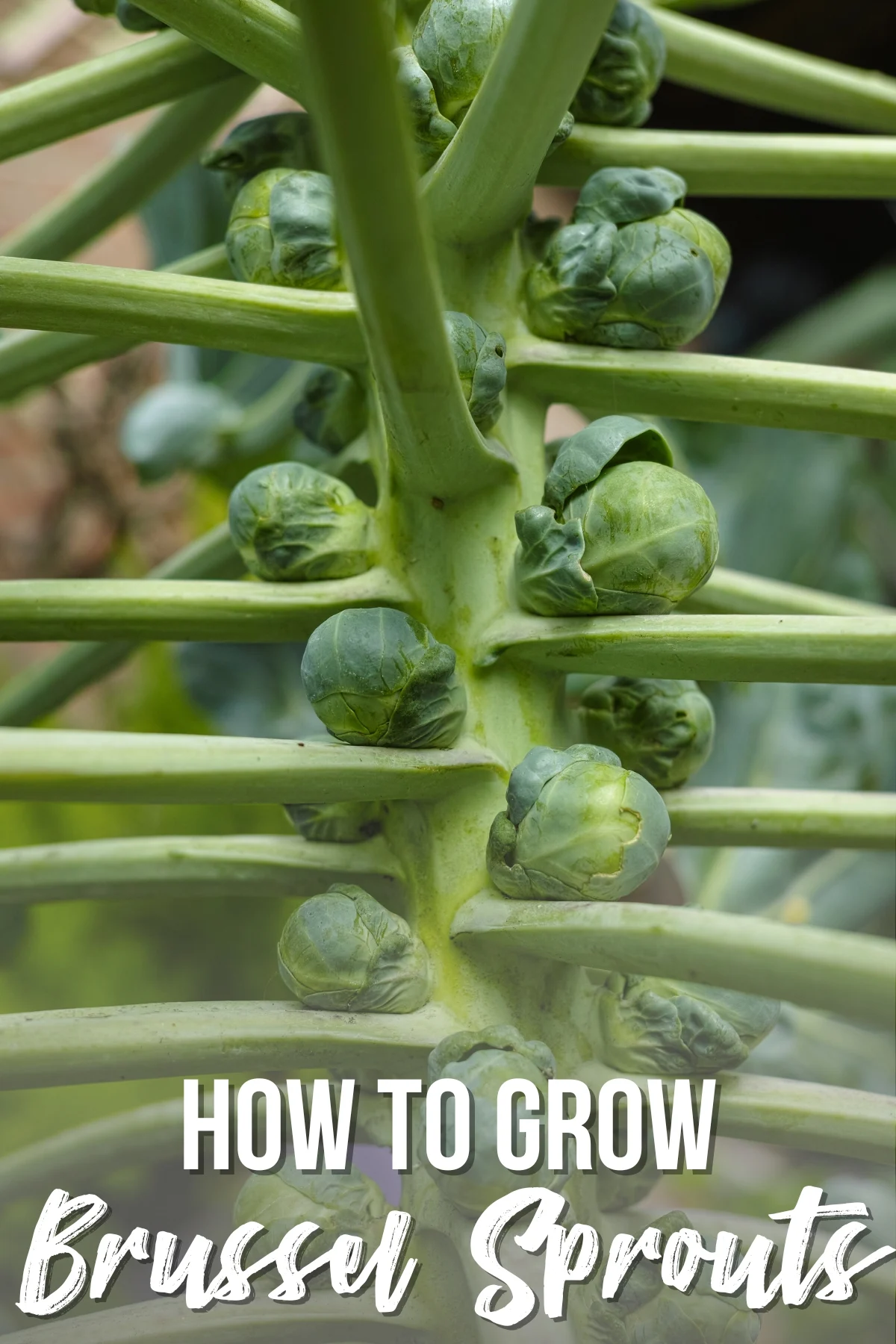
Brussels sprouts are a great addition to any garden. They're not only tasty, but their unique stalks add a touch of whimsy to your vegetable patch. The plants produce lots of tight buds that resemble miniature cabbages, growing on tall stems with a mass of bushy leaves at the top.
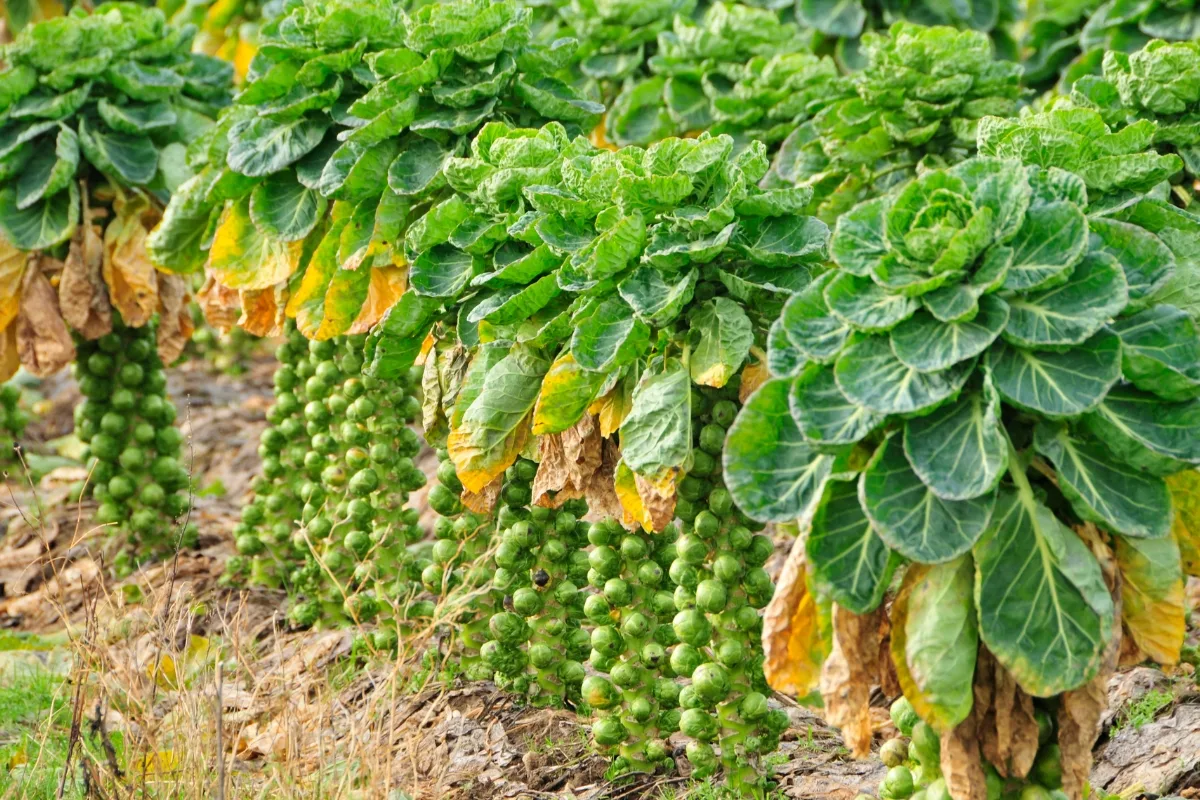
If you live in a cool coastal area, you have the perfect environment for growing brussel sprouts in the spring or fall. However, you can also grow this vegetable in winter in warmer regions. They require a little patience and care, but the end result is well worth it.
So, are you ready to roll up your sleeves and get those tiny seeds sprouting into delicious, nutritious green orbs? Let's get growing!
This post contains affiliate links for your convenience. Purchases made through these links may earn me a small commission at no additional cost to you.
Brussel Sprout Varieties
One benefit to growing brussel sprouts from seed is that you can find a wider variety than what's available at the garden center. There are some with reddish buds and many in various shades of green. The flavor also differs, ranging from mild and buttery to strong and earthy.
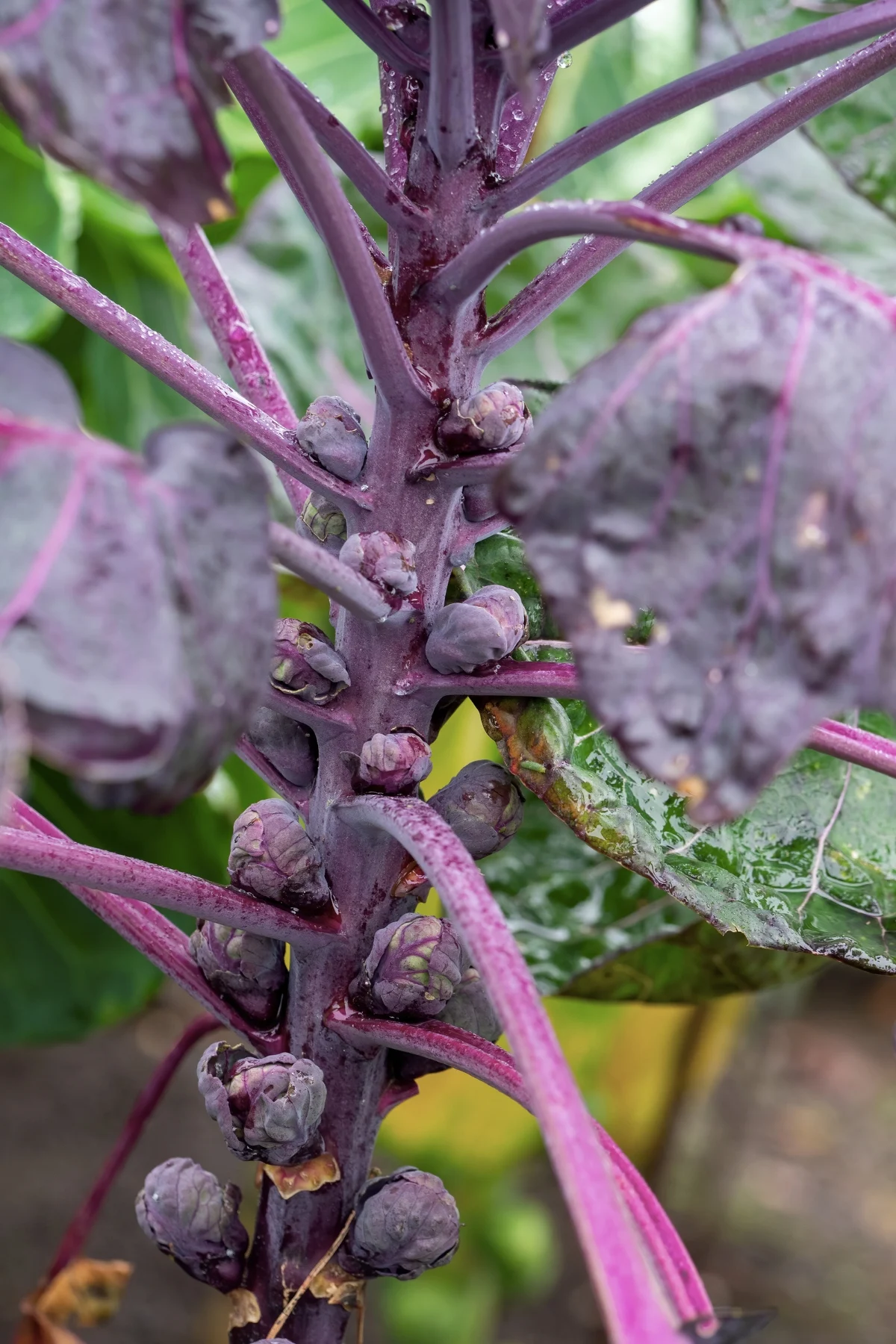
Choose a Brussel sprout variety that's best suited for your location. Some types have greater heat tolerance, and maturity dates range from 90 to 150 days.
- 'Catskill' has compact stalks with giant 2-inch diameter sprouts.
- 'Green Gems' produces many buds on tall stems in only 85 days.
- 'Jade Cross' is a vigorous hybrid with poor heat tolerance, maturing in about 90 days.
- 'Long Island' grows up to 3 feet tall with lots of large diameter sprouts.
- 'Red Rubine' is a red heirloom variety with sweet flavor when grown in cooler climates.
When to Plant Brussel Sprout Seeds
Brussels sprouts are cool-weather crops, meaning they prefer the milder temperatures of spring or fall. Depending on when you want to harvest, you can start your seeds in two different periods:
- For a spring harvest, sow your seeds about three weeks before your last frost date.
- For a winter or early spring harvest, you'll want to start your seeds in mid-summer, so you can transplant them about eight weeks later in early fall.
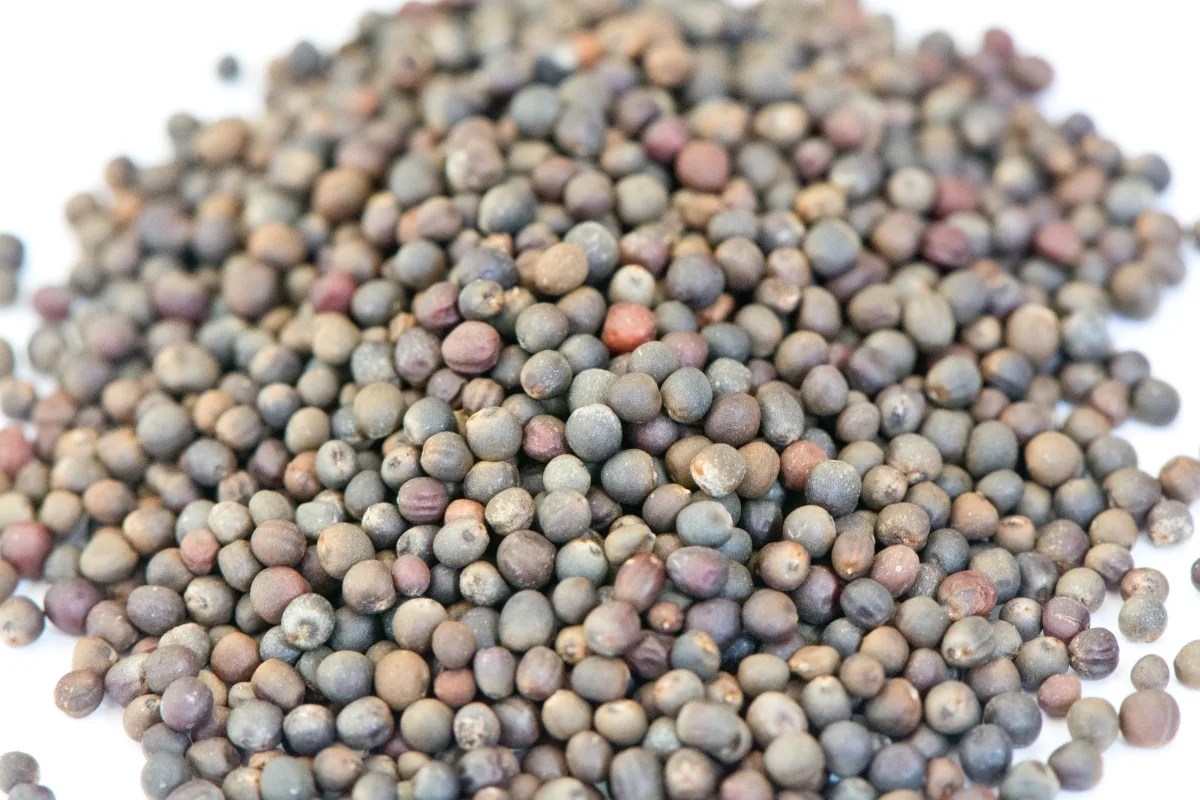
How to Plant Brussel Sprout Seeds
These plants are quite sensitive about having their roots disturbed, so using peat pots can make the transplanting process smoother and less traumatic for your little sprouts. You can also use deep root trainer seed trays that open like a book, so you can easily lift the seedlings out.
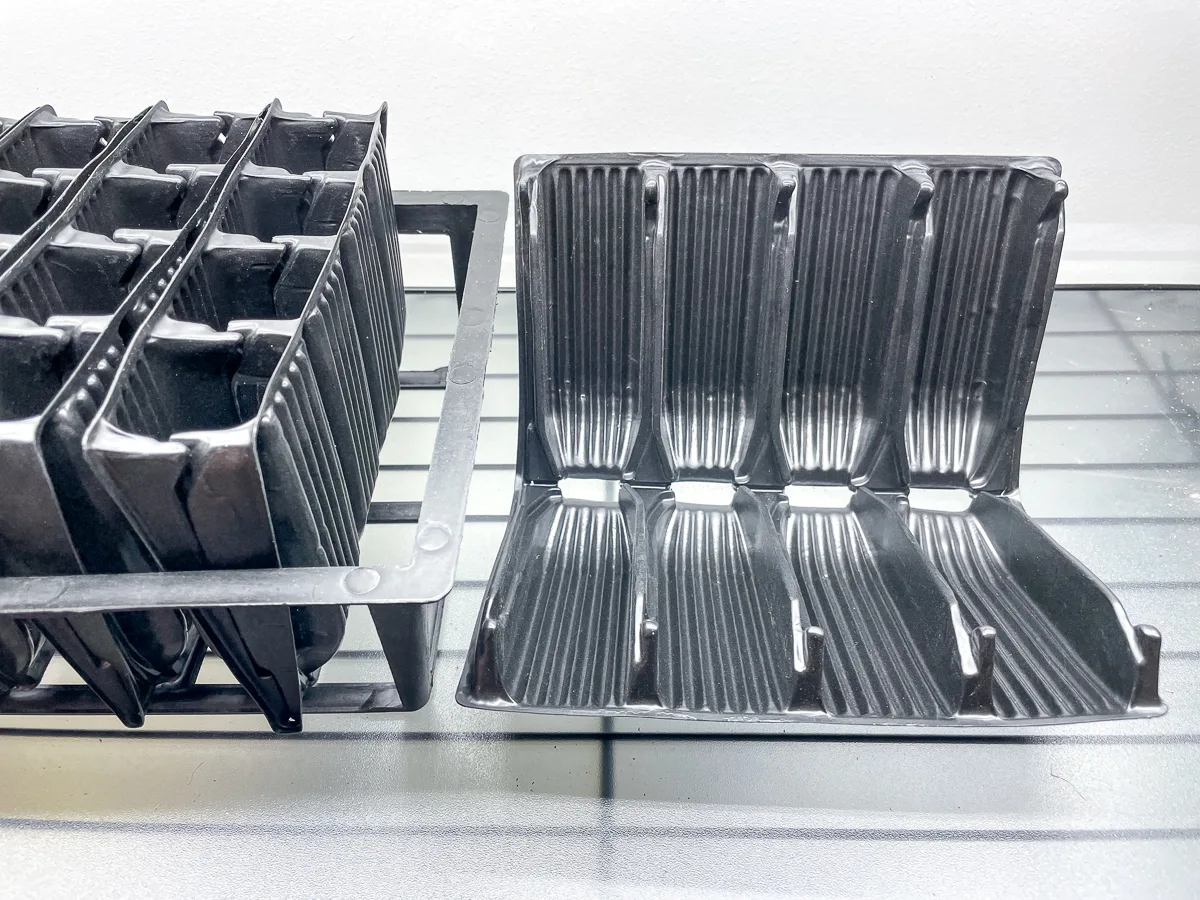
- Fill your peat pots or sterilized seed trays with a pre-moistened seed starting mix. Press lightly on the top of the soil to remove any air pockets.
- Place one or two seeds in each pot. Cover the seeds lightly with the seed starting mix. They only need to be about ¼ to ½ inch deep.
- Water the seeds gently. It's crucial to keep the soil moist, but not soggy, to encourage germination. A spray bottle can be handy for this.
- Keep the containers at a temperature of 59 to 64°F in a sunny spot or under grow lights. You should start to see little seedlings pop up in 7 to 10 days.
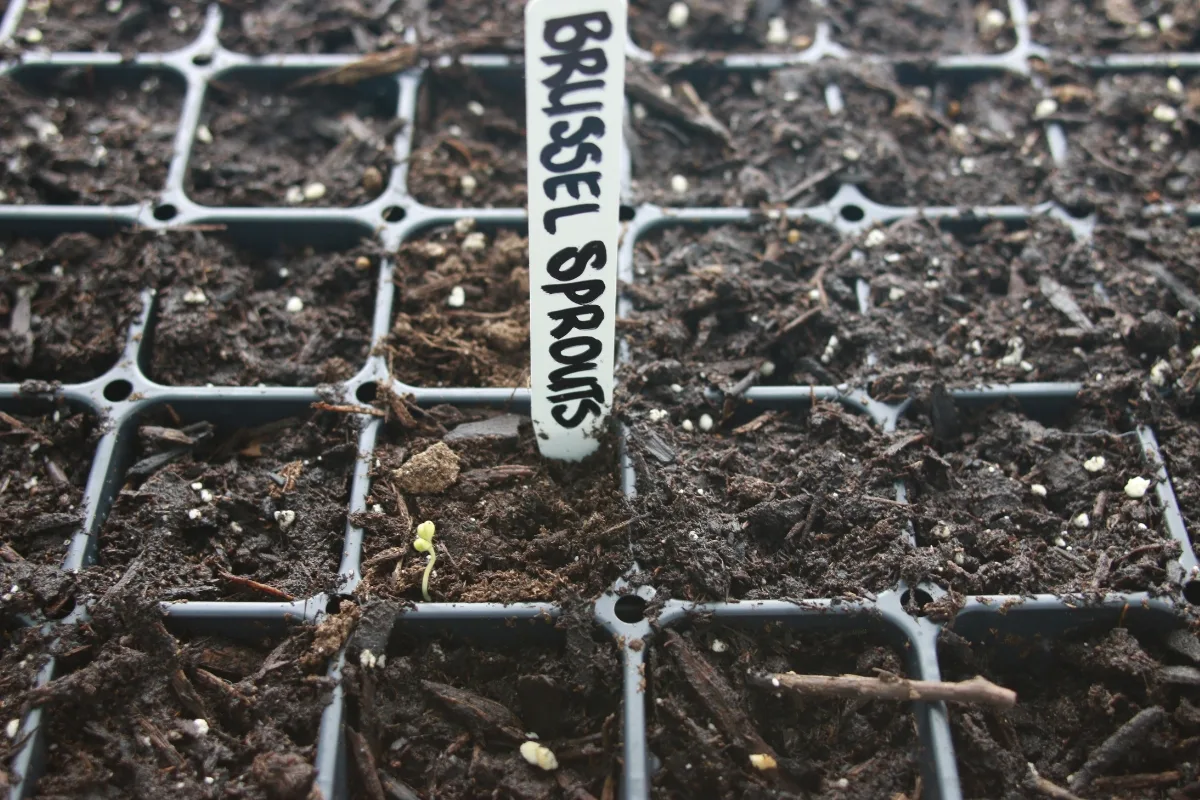
Soil Conditions for Growing Brussel Sprouts
While your seeds are sprouting, it's the perfect time to prepare the spot in your garden where they'll ultimately take root. Brussels sprouts need a specific type of soil to truly thrive.
These plants require fast-draining soil. If your garden tends to hold onto water after a good rain, you might need to amend it with some organic matter to improve drainage.
Brussels sprouts need a steady nitrogen supply for the spouts to form correctly. Adding some high-nitrogen organic matter, such as composted chicken manure, to your soil can give your plants the boost they need. You should also add a nitrogen fertilizer when the sprouts start forming on the stems.
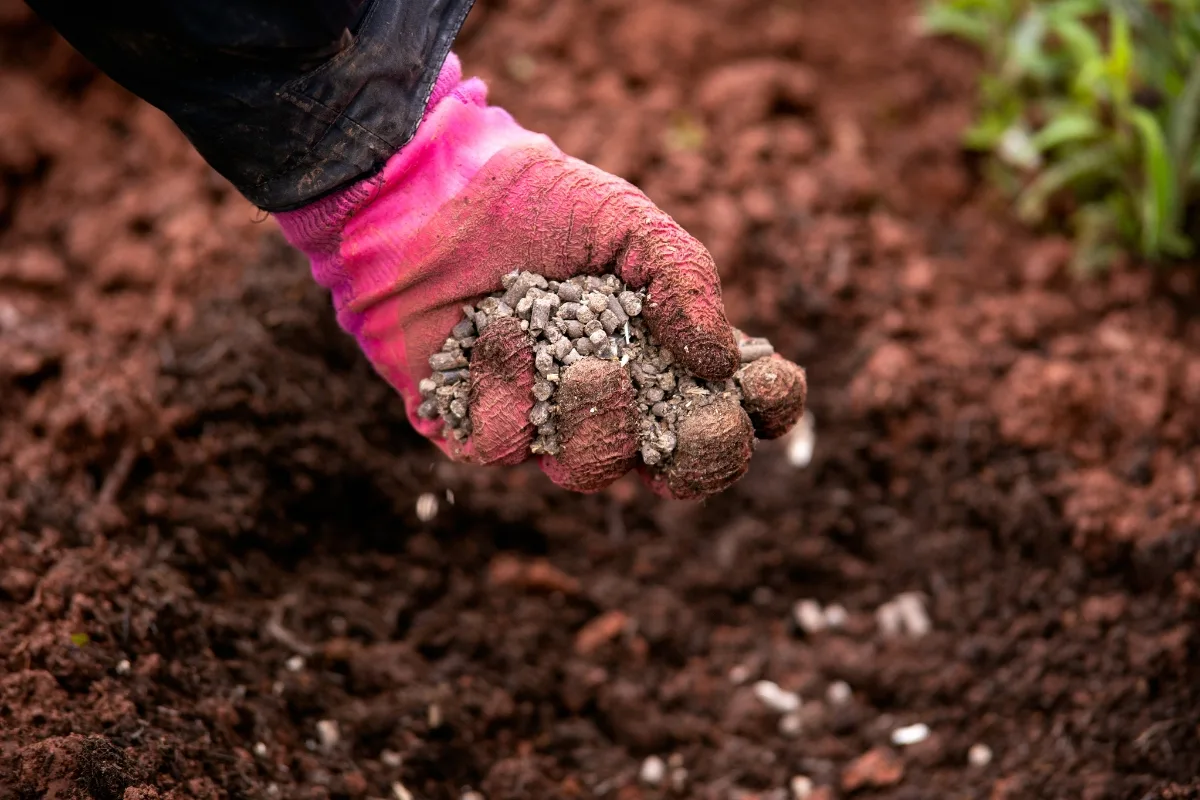
The pH level of your soil is another crucial factor. Brussels sprouts prefer slightly acidic soil with a pH of 6 to 6.5. You can use a soil test kit to determine your soil's pH. If your soil is too acidic or too alkaline, don't worry. There are plenty of amendments available that can help you adjust the pH to the perfect range.
This plant is susceptible to boron deficiency, which causes undersized sprouts and hollow stems. You can do a soil test for this nutrient, and if it's low, add a trace mineral fertilizer that contains boron, like azomite.
Transplanting Brussel Sprouts into the Garden
Whether you grew your brussel sprouts from seed or bought plugs at the store, the process for transplanting them into the ground is the same.
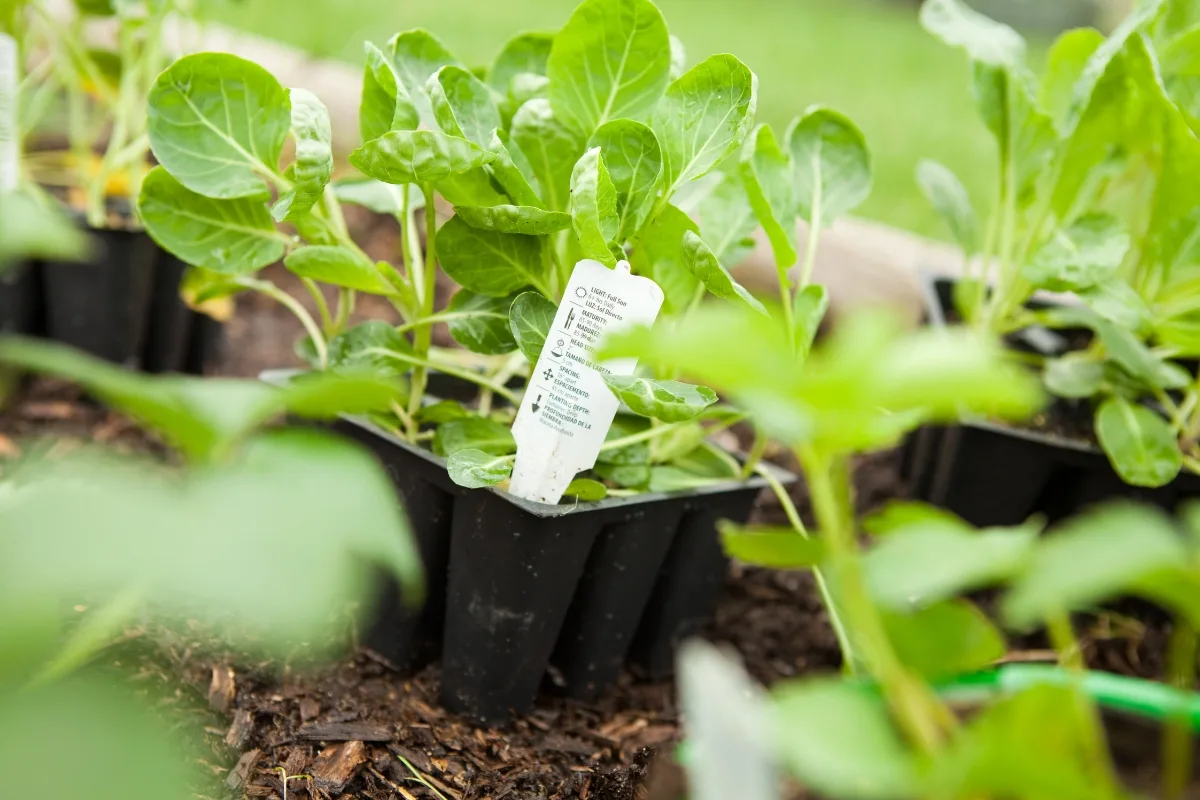
Space plants 16 to 24 inches apart in rows that are 30 inches apart. Use a closer spacing for early maturing types and give later maturing varieties more room to spread out.
Set the plants slightly deeper than they were in the container. Fill in around the peat pot or root ball with soil, firming it gently with your hands to ensure the seedling is well supported.
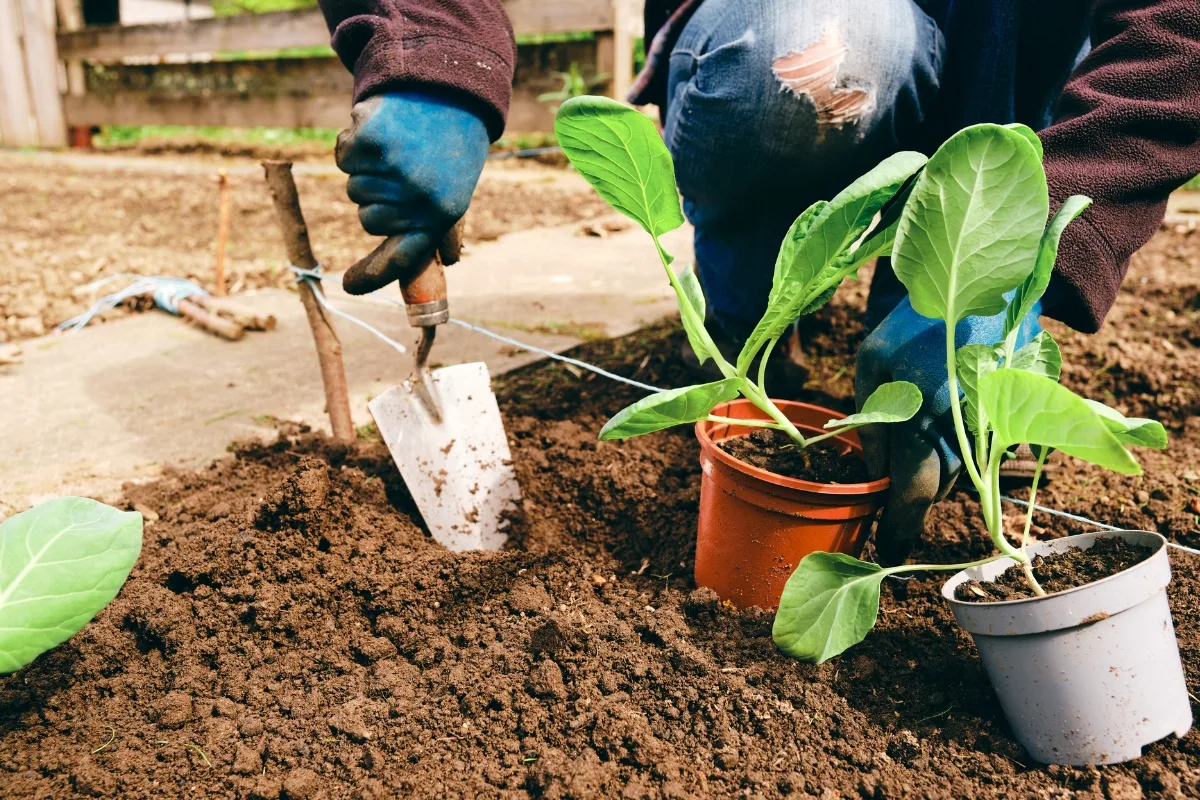
After planting, water thoroughly to settle the soil and remove any air pockets.
Caring for Brussel Sprouts
Now that your Brussels sprouts are safely in the ground, you might think your job is done. But there's still a bit of ongoing care that these plants need to ensure a successful harvest. Here's what to keep in mind:
Water
Brussels sprouts like consistently moist soil, but not waterlogged. Water the plants regularly, not letting the soil dry out too much because dry soil produces sprouts with a more robust, less pleasant flavor.
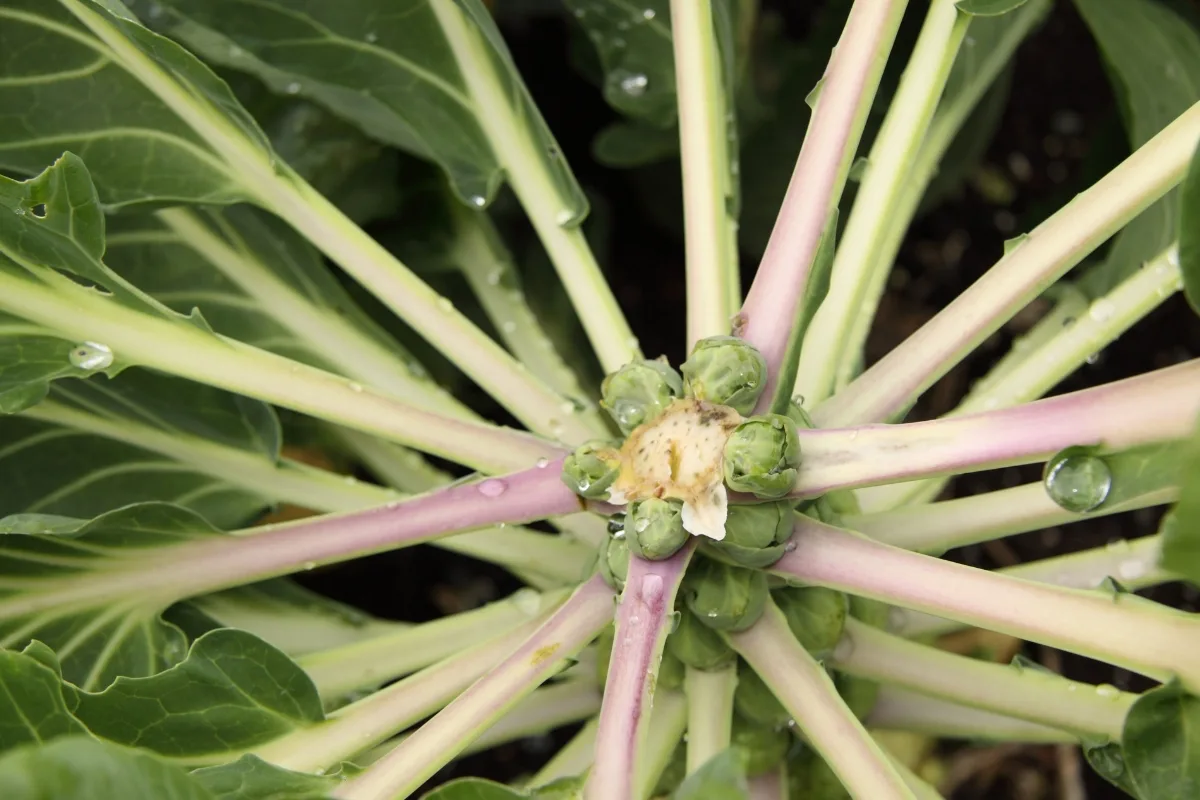
Aim for about 1 to 1.5 inches of water per week, including rainfall. If the weather is particularly hot and dry, they may need a bit more.
Pests
To reduce pest problems, avoid planting brussel sprouts in areas where you have grown another plant in the cabbage family, such as kale, arugula, broccoli, bok choy, collards, and cauliflower.
Aphids, caterpillars, and other pests often bother brussel sprouts. To keep them out, you can place a floating row cover over the plants.
Harvesting
In many varieties, the sprouts mature from the bottom of the stem upward, so harvest the plants regularly as the sprouts develop. Mature buds are firm and between 1 and 2 inches in diameter, depending on the variety.
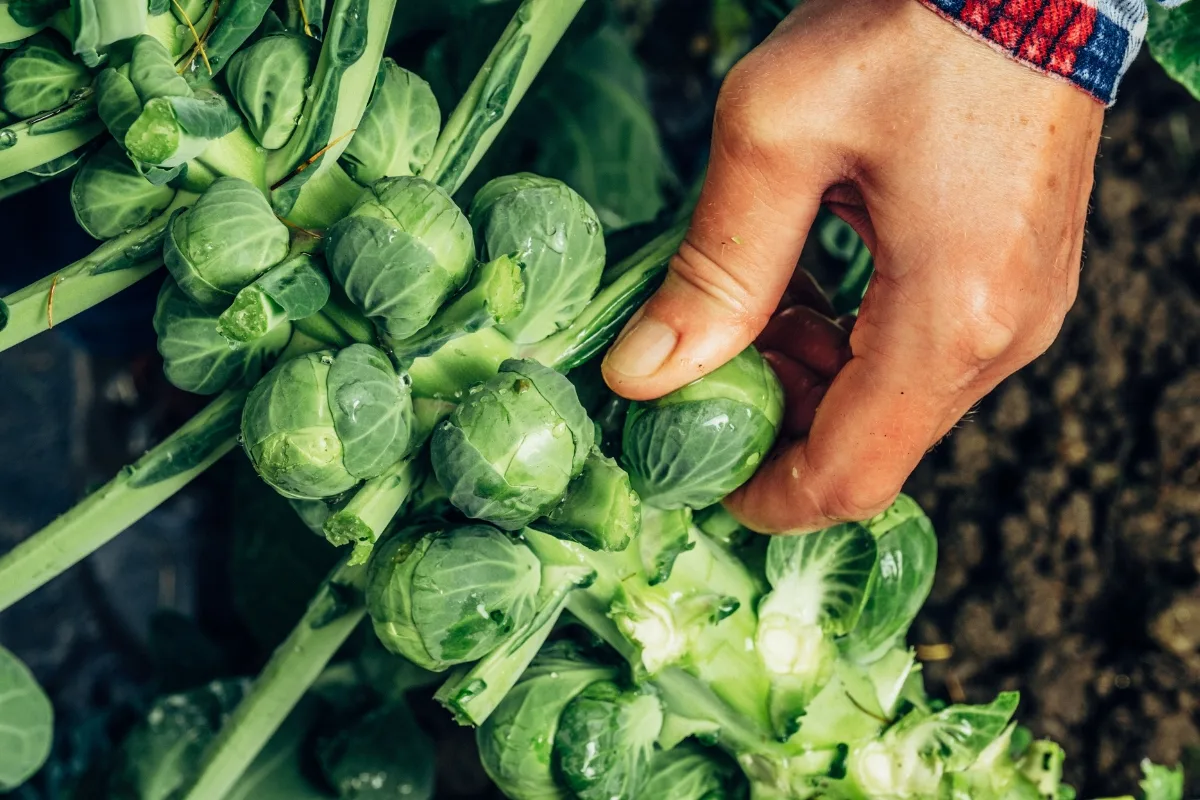
Harvest them as they reach the correct size for the variety. You can also pick the entire stem when most of the sprouts are the right size and store the buds on it for a week or so until you're ready to use them.
Bolting
If the plants bolt and go to seed before the spouts develop, they were probably planted too late in the season. Another sign of planting too late is when the sprouts form loose clusters of leaves instead of tight heads. If your spring crop has these problems, try planting them again in the fall when temperatures are cooler.
And there you have it! With a bit of care, patience, and attention, you'll be enjoying a bountiful harvest of home-grown Brussels sprouts. Whether you roast them, steam them, or shred them into a salad, there's nothing quite like the taste of fresh Brussels sprouts from your own garden. Happy gardening!
Check out these other vegetables you can grow from seed!

